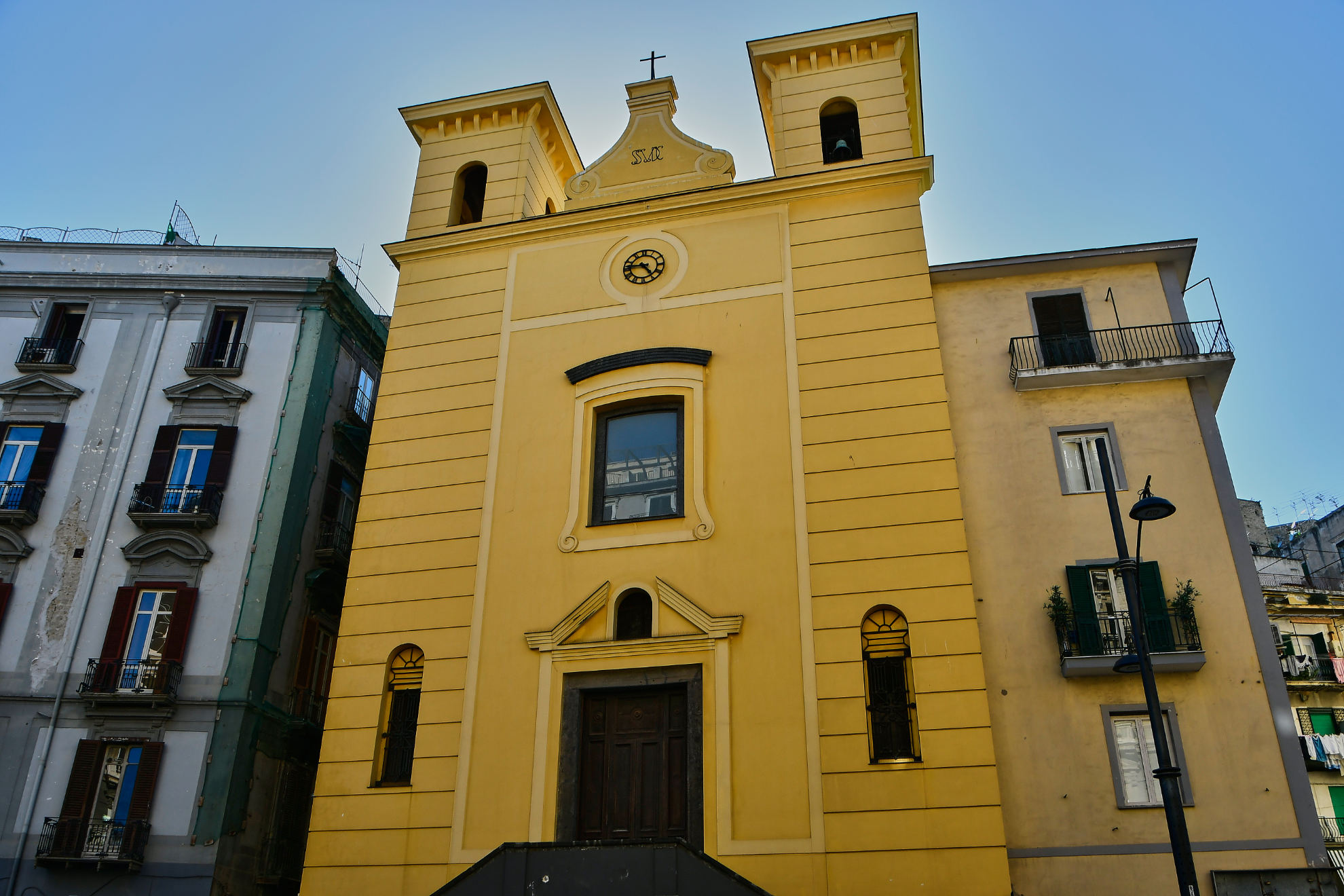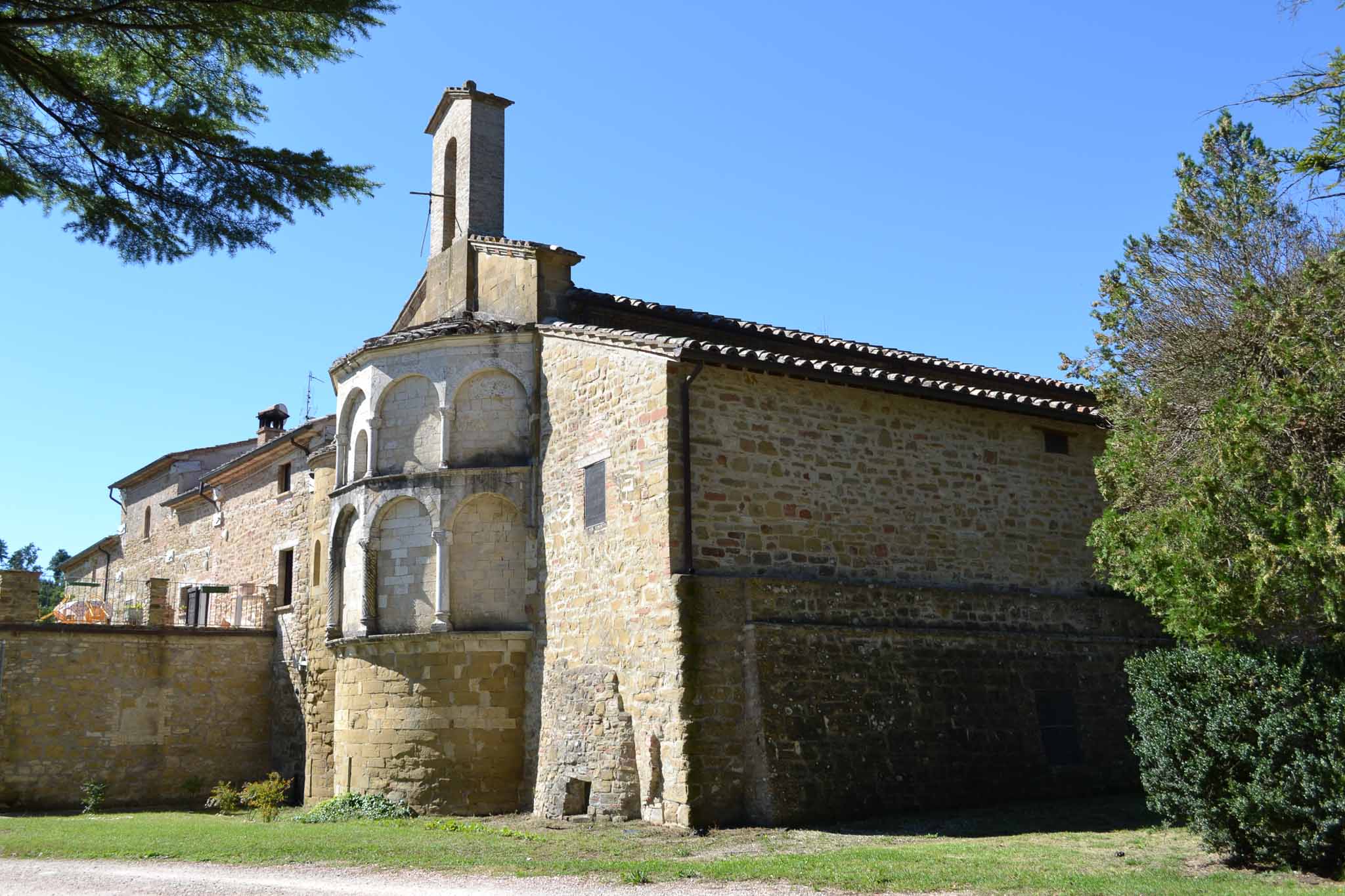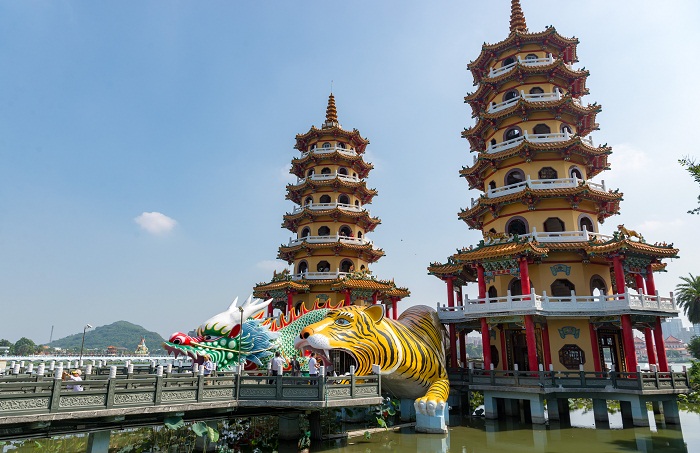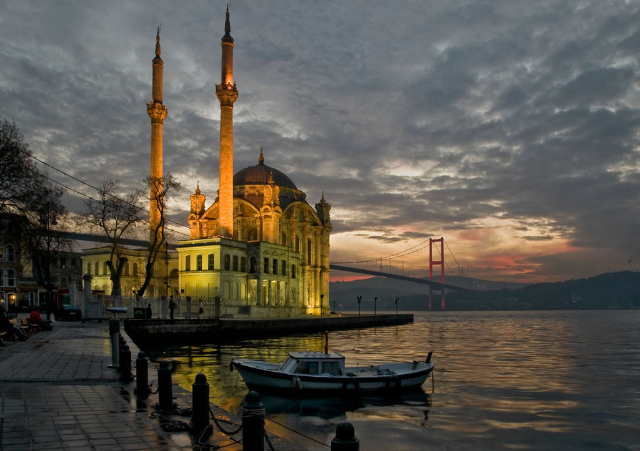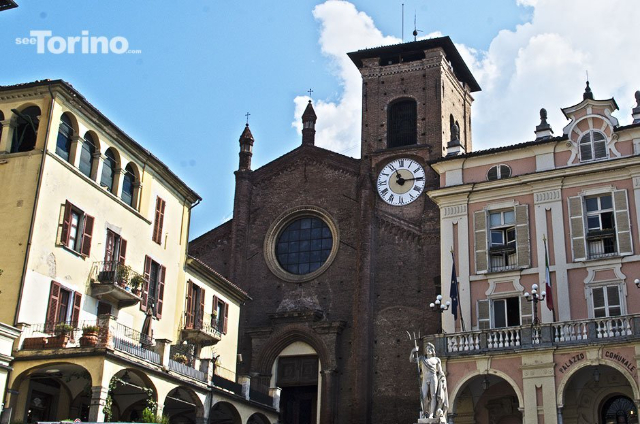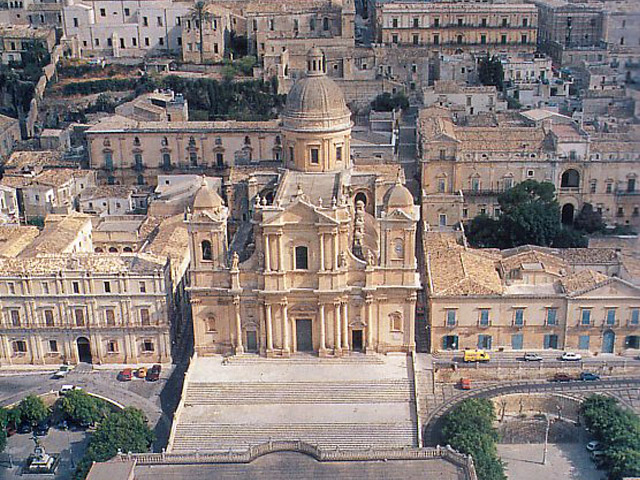The church of Santa Maria della Catena or Santa Maria del Porto stands in the historical centre of Naples, in Santa Lucia.
The temple was founded in 1576 by the inhabitants of the district, who decided to dedicate it to the Madonna della Catena, whose cult had been imported to Naples from Sicily.
Tradition has it that in 1390, in Palermo, three innocent convicts saw the day of their execution postponed because of heavy rain. The chains with which they were imprisoned in the church of Santa Maria del Porto (the name of the church in question before the miracle) were broken by the providential intervention of the Virgin, attested by the miraculous. For this reason that church was later, first popularly and then officially, renamed della Catena.
The Neapolitan building was completely rebuilt in the 18th century, on a project by Carmelo Passero. The internal stucco decorations were used for the dome; the small dome was entrusted at the end of the 17th century to Gabriele Barrile, who created it with the participation of Andrea Canale.
The church is famous for housing inside the tomb of the painter Jusepe de Ribera called the Spagnoletto, one of the major protagonists of the painting of the seventeenth century. Since 1799 it also houses the body of Admiral Francesco Caracciolo, sentenced to death in the same year by order of Admiral Horatio Nelson. The body, collected after the execution by the fishermen of Santa Lucia – who considered him one of their own – today rests in the crypt below. An epitaph, placed there in 1881, recalls these events, which are at the origin of the request (repeated several times but never satisfied so far) to give the building the dignity of a national monument.
The church was linked to the feast of the chain, which until thirty years ago took place in early September, and during which a boat was set on fire on the beach, around which songs and dances were then organized.
